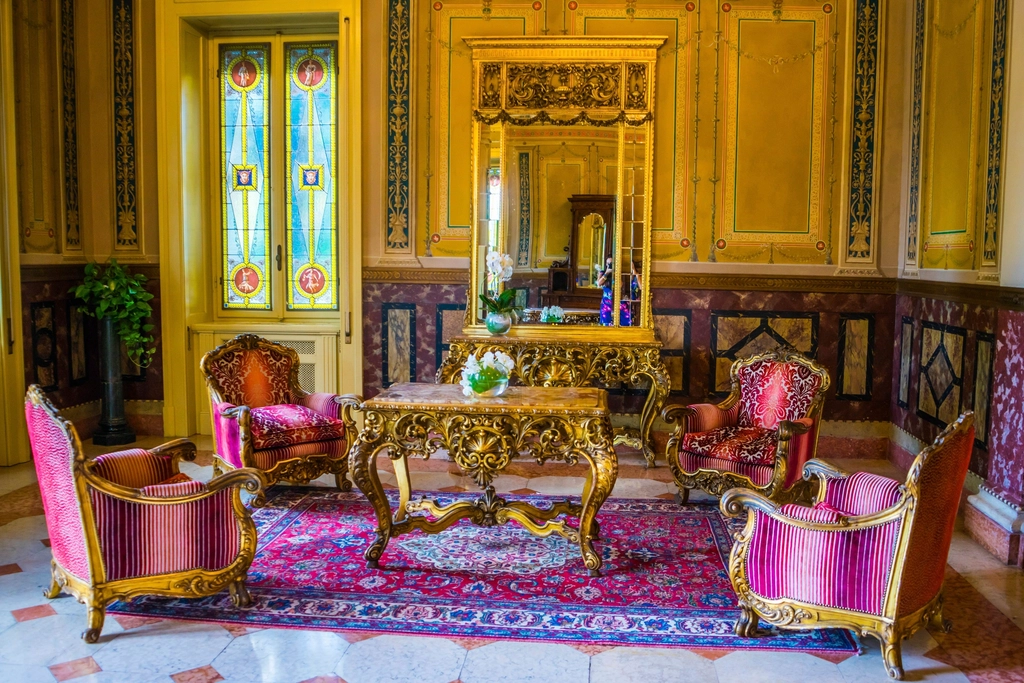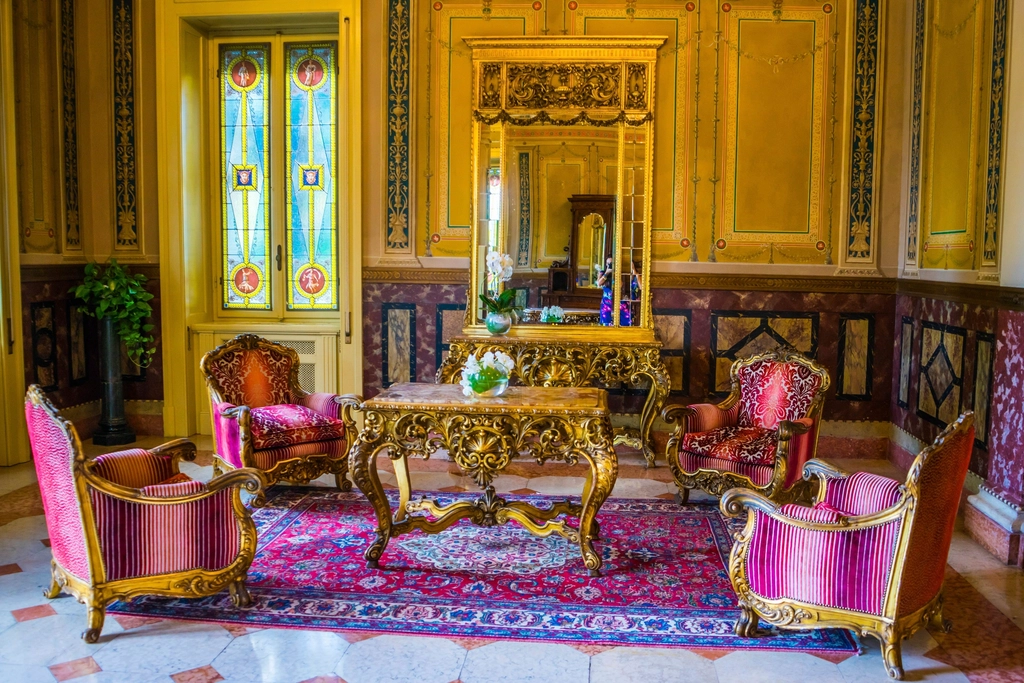The Renaissance of Retro

In recent years, there has been a significant resurgence in the appreciation of retro design elements within modern homes. This renaissance is not merely a fleeting trend but a profound movement towards integrating historical aesthetics into contemporary living spaces. People are increasingly drawn to the charm and character of vintage designs, seeking to infuse their homes with pieces that tell a story. From mid-century modern furniture to art deco accents, these styles offer a sense of nostalgia and familiarity. Unlike the sleek, minimalist designs that dominated the 2000s, these retro elements bring warmth and personality. They remind us of an era when craftsmanship was valued over mass production.
Victorian Elegance Revived

Victorian-era design is synonymous with opulence and detail, and its influence is unmistakably present in today’s homes. The intricate patterns and rich textures of Victorian wallpaper, for instance, are making a comeback. Homeowners are opting for these lavish designs to add a touch of elegance to their walls. Furthermore, ornate chandeliers and carved wooden furnishings, staples of the Victorian era, are being used to create focal points in modern interiors. This revival speaks to a desire for sophistication and grandeur in our living spaces. It’s about reintroducing the artistry and attention to detail that defined a bygone era into our daily lives.
Art Deco: Bold and Beautiful

The geometric shapes and bold colors of the Art Deco movement have found their way back into modern homes. This style, which originated in the 1920s and 1930s, is characterized by its use of symmetry, metallic finishes, and luxurious materials. Today, Art Deco influences can be seen in everything from wall art to furniture design. Homeowners are embracing this style for its ability to make a statement and add a touch of glamour. The use of gold, silver, and other metallics in fixtures and decor pieces echoes the opulence of the original Art Deco period. These elements provide a striking contrast to the neutral palettes often favored in contemporary design.
Industrial Revolution Reimagined

The Industrial Revolution brought about a functional and utilitarian design style that is now being reimagined in modern homes. Exposed brick walls, metal beams, and concrete floors are being incorporated as architectural features. This industrial aesthetic is appreciated for its raw and unfinished look, which adds an edge to contemporary spaces. The use of repurposed materials, such as reclaimed wood and metal, also aligns with the growing trend of sustainable living. By embracing the industrial style, homeowners are able to create spaces that are both practical and visually striking, blending the past with the present.
Craftsmanship of the Arts and Crafts Movement

The Arts and Crafts movement of the late 19th century emphasized handcrafted quality and natural materials, principles that resonate with many modern homeowners. This design philosophy is evident in the use of solid wood furniture, handmade textiles, and artisan-crafted decor items. The focus on craftsmanship and durability contrasts sharply with the disposable nature of many contemporary products. By incorporating these elements, people are creating homes that are not only beautiful but also built to last. This movement reflects a broader cultural shift towards valuing authenticity and sustainability in design.
Colonial Inspirations

Colonial design is characterized by its blend of European elegance and rustic charm, a combination that remains popular today. This style is often seen in the use of dark wood furniture, classic upholstery, and neutral color palettes. The symmetry and balance inherent in colonial design provide a sense of order and tranquility. In modern homes, colonial elements are being used to create a timeless and refined atmosphere. By drawing on this historical style, homeowners are able to achieve a sense of continuity and tradition in their living spaces.
Minimalism with a Twist

While minimalism is often associated with stark, modern design, historical influences can add depth and interest to this style. By incorporating antique or vintage pieces, homeowners can create minimalist spaces that are rich in character. A single historical piece, such as an antique mirror or a vintage rug, can serve as a focal point in an otherwise minimalist room. This approach allows for a clean, uncluttered aesthetic while still paying homage to the past. It demonstrates how historical design can be seamlessly integrated into even the most contemporary of spaces.
Rustic Revival

The rustic design is all about bringing the beauty of the outdoors inside, a concept that has been embraced by modern homeowners. Elements such as exposed wooden beams, stone fireplaces, and natural textures are being used to create cozy and inviting spaces. This style is often associated with country homes and cabins, but it can be adapted to suit a variety of settings. The rustic revival is a response to the fast-paced, technology-driven world we live in, offering a retreat into nature and simplicity. It highlights the enduring appeal of natural materials and the comfort they bring to our living environments.
Bohemian Bliss

Bohemian design, with its eclectic mix of colors, patterns, and textures, has a long history that continues to influence modern interiors. This style is characterized by its free-spirited and unconventional approach, drawing inspiration from various cultures and eras. In today’s homes, bohemian elements are used to create vibrant and personalized spaces. The use of vintage textiles, handmade crafts, and globally-inspired decor items reflects a desire for individuality and creativity. This style encourages self-expression and celebrates the beauty of diversity in design.
Modern Interpretations of Traditional Japanese Design

Traditional Japanese design is known for its simplicity, functionality, and connection to nature, principles that are being adapted in modern homes. Elements such as sliding shoji screens, tatami mats, and natural wood finishes are being used to create serene and harmonious spaces. This design philosophy emphasizes the importance of balance and minimalism, qualities that resonate with many contemporary homeowners. By incorporating these elements, people are able to create environments that promote peace and tranquility. This modern interpretation of traditional Japanese design demonstrates the timeless appeal of its core principles.

Kelly Westler is a celebrated designer and author specializing in bold, eclectic interiors. Her book The Art of Spaces showcases her signature mix of colors, textures, and vintage influences, inspiring homeowners to embrace fearless design.

